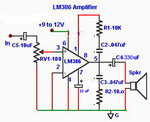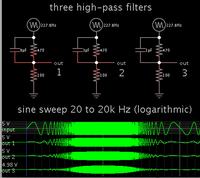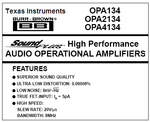rajaram04
Advanced Member level 3

HELLO ALL
Here above i ve posted a schematic for an earphone amp.& i connected it after a simple china made sheap USB player.From the designs i obtained from net i preaped it & it has ability to boost bass a lil.bit , its working all the way like that
so now what to do for raise of treble part , please help

